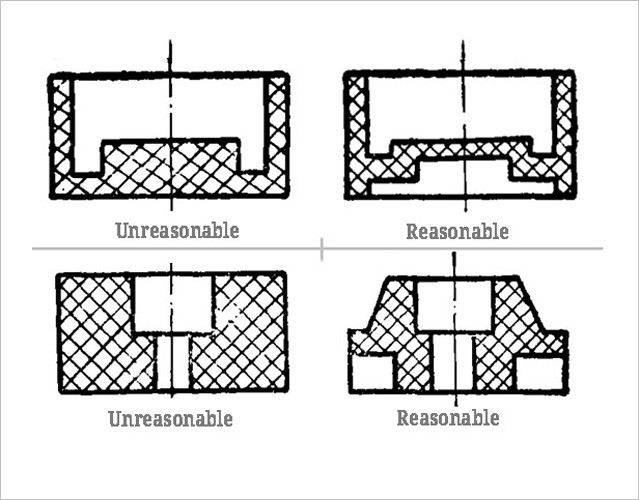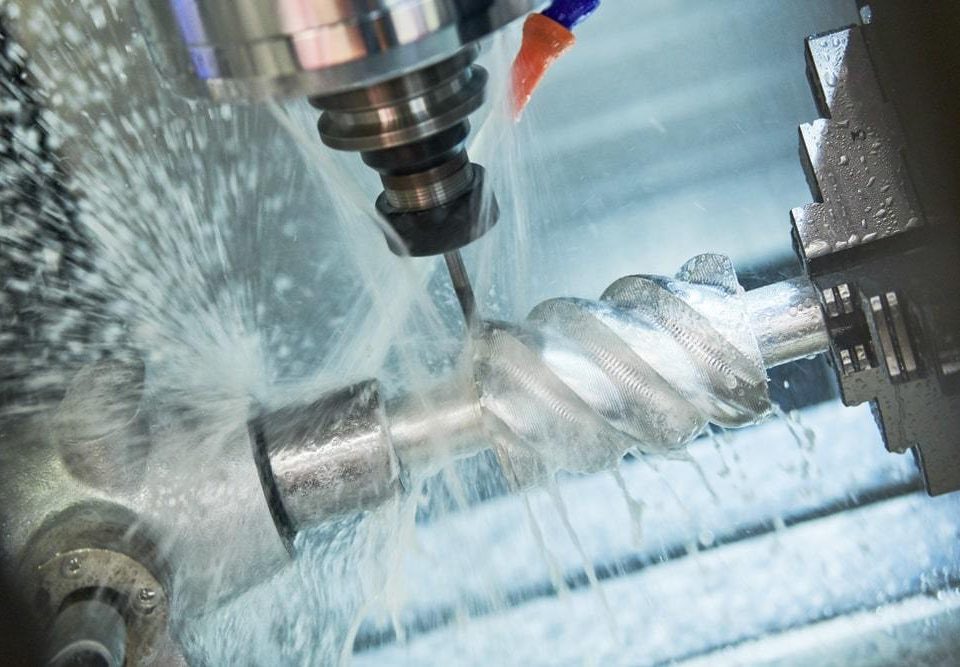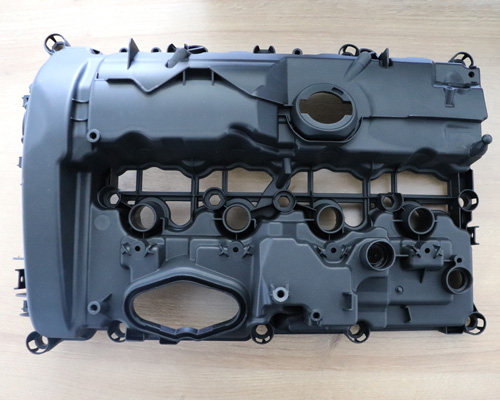
Selective tool steel – The best guide
September 11, 2021
What are the benefits of Mold Flow Analysis?
October 27, 2021
The maintenance of defect-free plastic parts can possible by ensuring proper uniform wall thickness of the mold.
When designing a plastic mold, you should consider whether the wall thickness of the plastic product meets the requirements of the molding process.
If the wall thickness is too thin, the flow resistance during injection will be large, the molding will be difficult, the waste will increase, and sometimes it will not be able to fill the cavity at all. However, if the wall thickness is too thick, it will not only cause waste of raw materials, prolong the molding cycle, but also easily produce defects such as bubbles, dents, and warpage.
Therefore, in the design of plastic products, whether the wall thickness design of the product is reasonable is a very important issue.
This article examines how it is important to maintain the proper wall thickness while manufacturing injection moulding.
First of all, keep walls thinner than 5mm, since thick walls can result in long cycle times and poor mechanical properties.
Second, ensure that walls have similar thicknesses in order to simplify flow patterns and minimize shrinkage variations that can cause warping.

After that, be careful about abrupt changes in wall thickness because they may result in stress concentrations that weaken the impact strength of the part. Transition zones in wall thickness should be designed so that they can reduce the possibility of stress concentrations, sinks, voids, and warping in the material.
Finally, gating should be avoided near areas with large variations in wall thickness to prevent non-uniform flow and shrinkage.
Now I think you should know how important wall thickness is to defect-free plastics. If you have different opinions, please leave a message or email us to discuss it together. We are HS Plastics. We are committed to providing you with solutions for mold design and mold making services.




